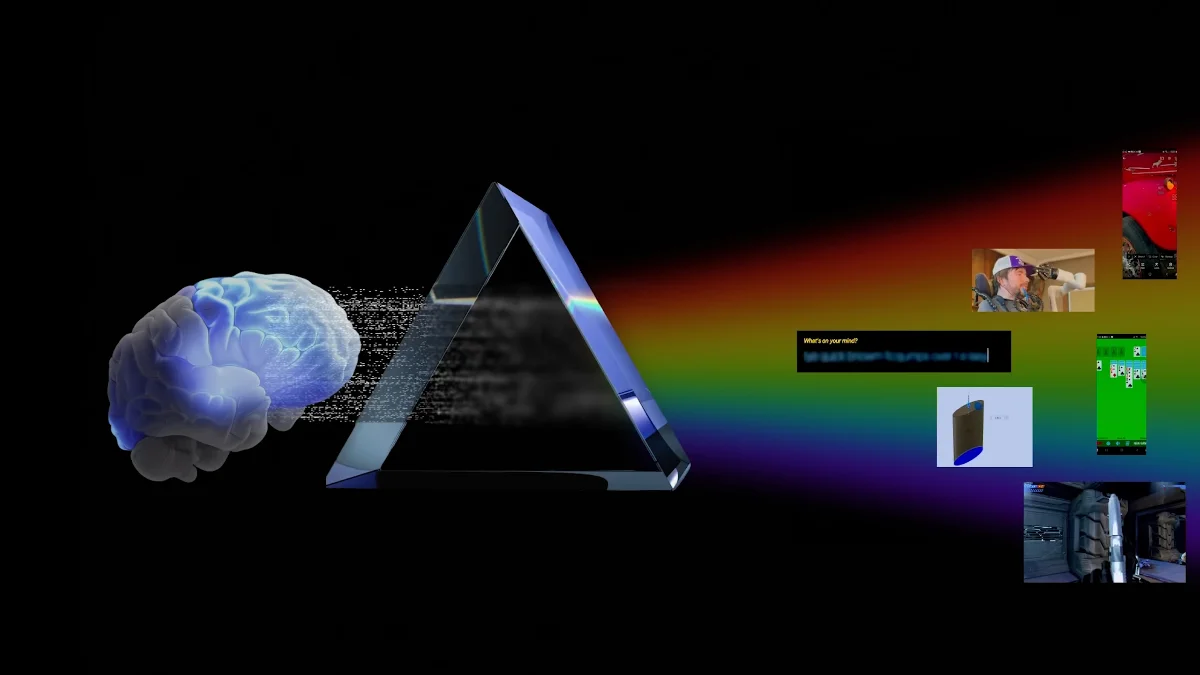Neuralink's latest update, Summer 2025, shows how fast human-machine integration is moving from idea to reality. In this post, we'll break down where they're headed: using brain signals to control devices, play games, communicate, and more. All backed by what they shared in their recent presentation.
Building the Bridge Between Brain and Machine
Neuralink wants to create a system that reads and writes brain activity. Their goal: build a generalized input-output layer for the brain, so thoughts and intentions can control technology naturally.
Neuralink says their machine learning systems can "control devices, gaming, or typing." It all depends on how far they can push the tech.
They're focused on expanding the number of neurons they can read and influence, which means richer data, finer control, and more complex interaction.
What's Coming in 2025
Here's what Neuralink is working on:
| Area | What it Means |
|---|---|
| High-Channel Count Implants | More neurons tracked, better understanding of brain activity, more precise control. |
| Multiple Implants | Combining implants for bigger tasks like decoding speech or restoring senses. |
| Whole Brain Interface | Reading and writing signals across the entire brain. High-bandwidth wireless data transfer. |
| Gaming & Control Use Cases | Using brain signals to play games like Mario Kart or first-person shooters. |
Where They Are Now
Neuralink says they're seeing real progress in trials. Multiple participants can already control devices and communicate using these implants.
"We are making great progress in clinical trials with multiple participants already controlling devices and communicating through neural interfaces."
They're also developing tools for people with movement disorders, turning thought into action and helping them regain freedom.
Changing How We Live and Communicate
The potential isn't just medical. Neuralink talks about exploring consciousness, redefining communication, and building new ways to interact with digital worlds.
"We are really just barely at the beginning of understanding what is the nature of consciousness."
The more neurons they can sense, the more complex tasks they'll support: controlling robots, building creative tools, or enhancing digital life.

Looking Ahead
Neuralink plans to:
- Build implants that decode speech for people with impairments.
- Combine multiple implants to improve communication and control.
- Expand whole-brain interfaces that listen and write to neurons everywhere.
As Elon Musk puts it, their goal is to create a high-bandwidth bridge between brain and machine. A path to capabilities we couldn't imagine before.
Final Thoughts
Neuralink isn't just pushing tech forward. They're changing how we think about connection, independence, and digital experience. As they keep expanding what these implants can do, the boundary between us and our devices keeps fading.
More resources?
Summary with key points
Watch on Youtube

